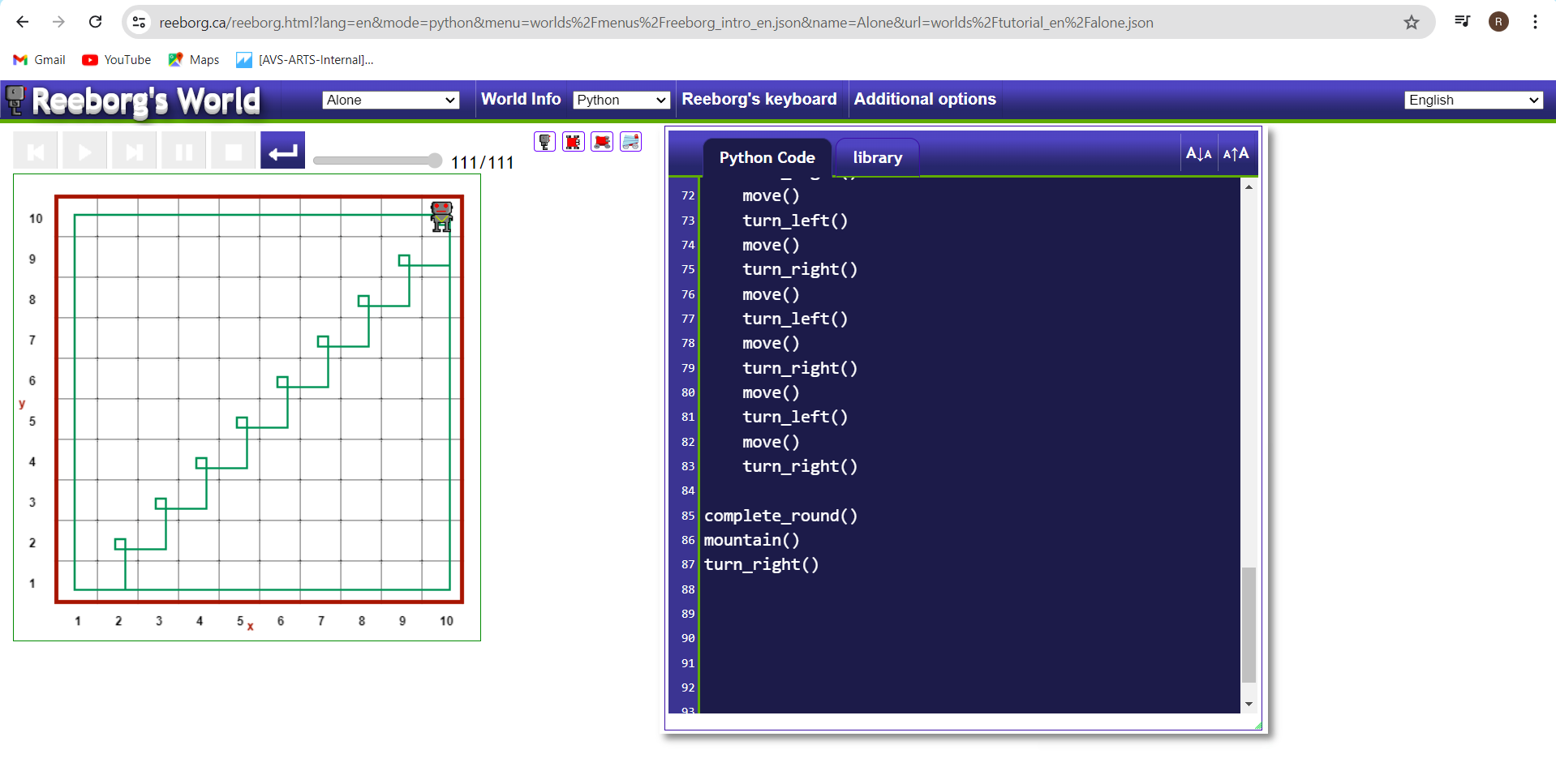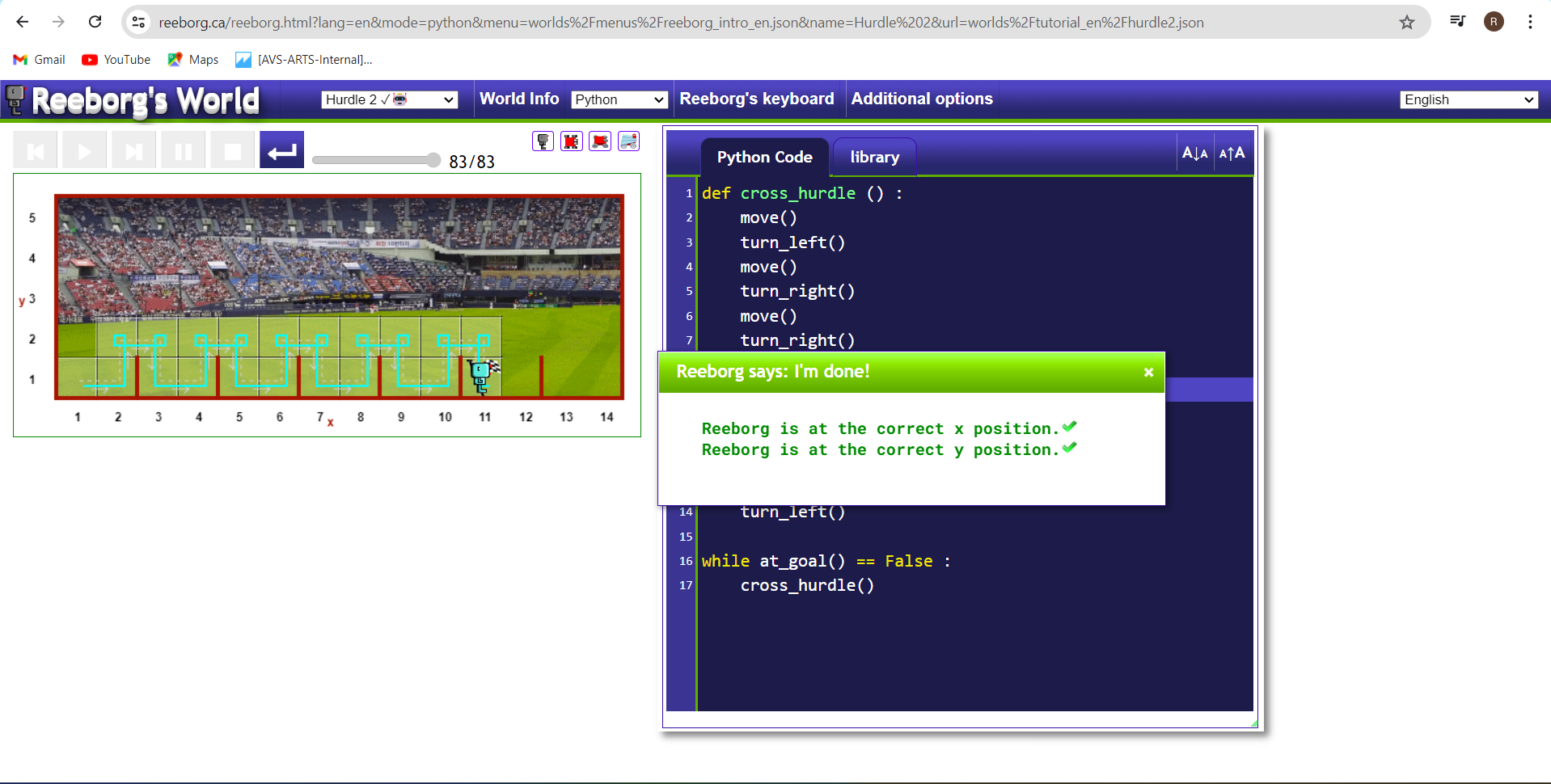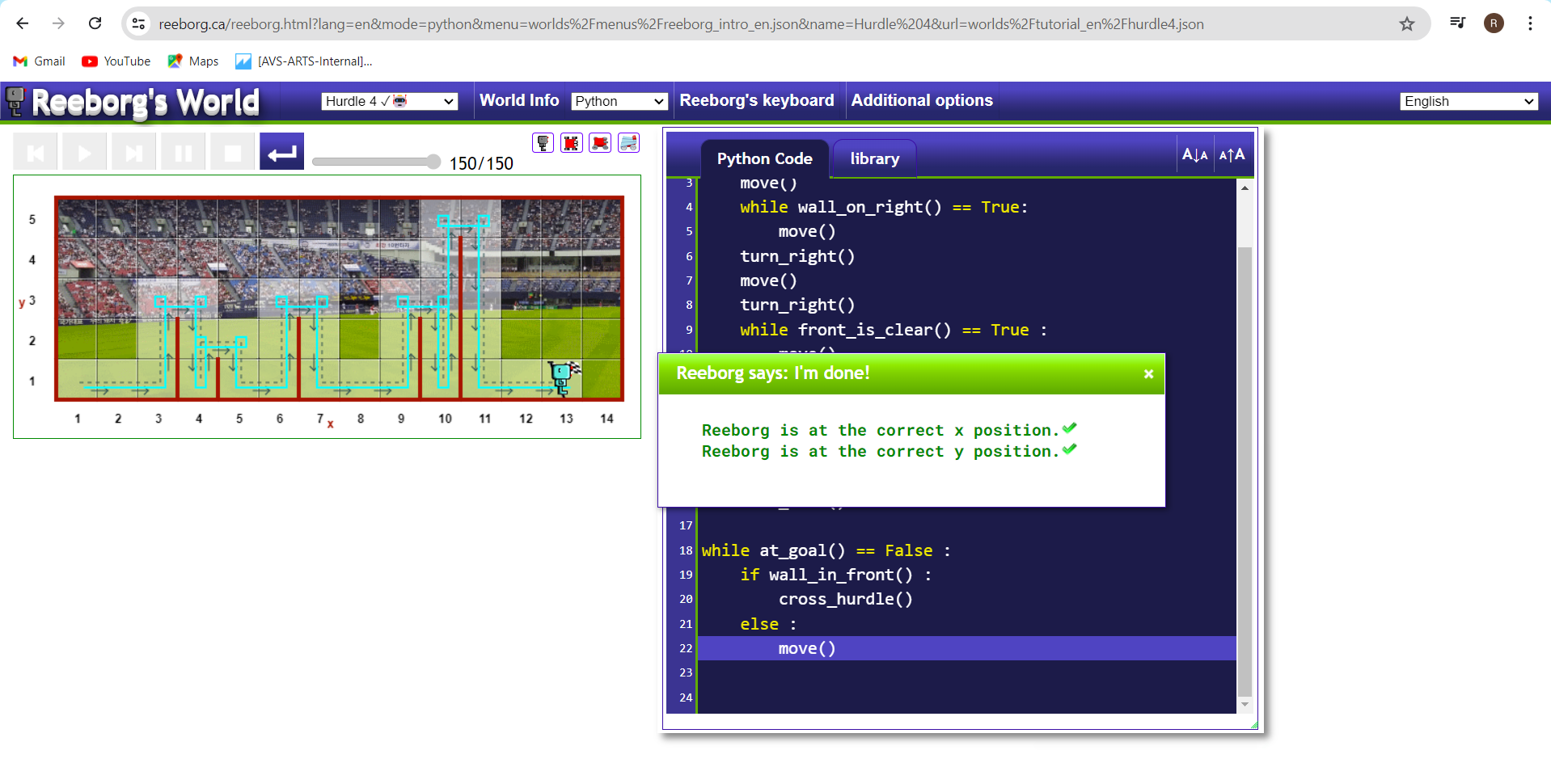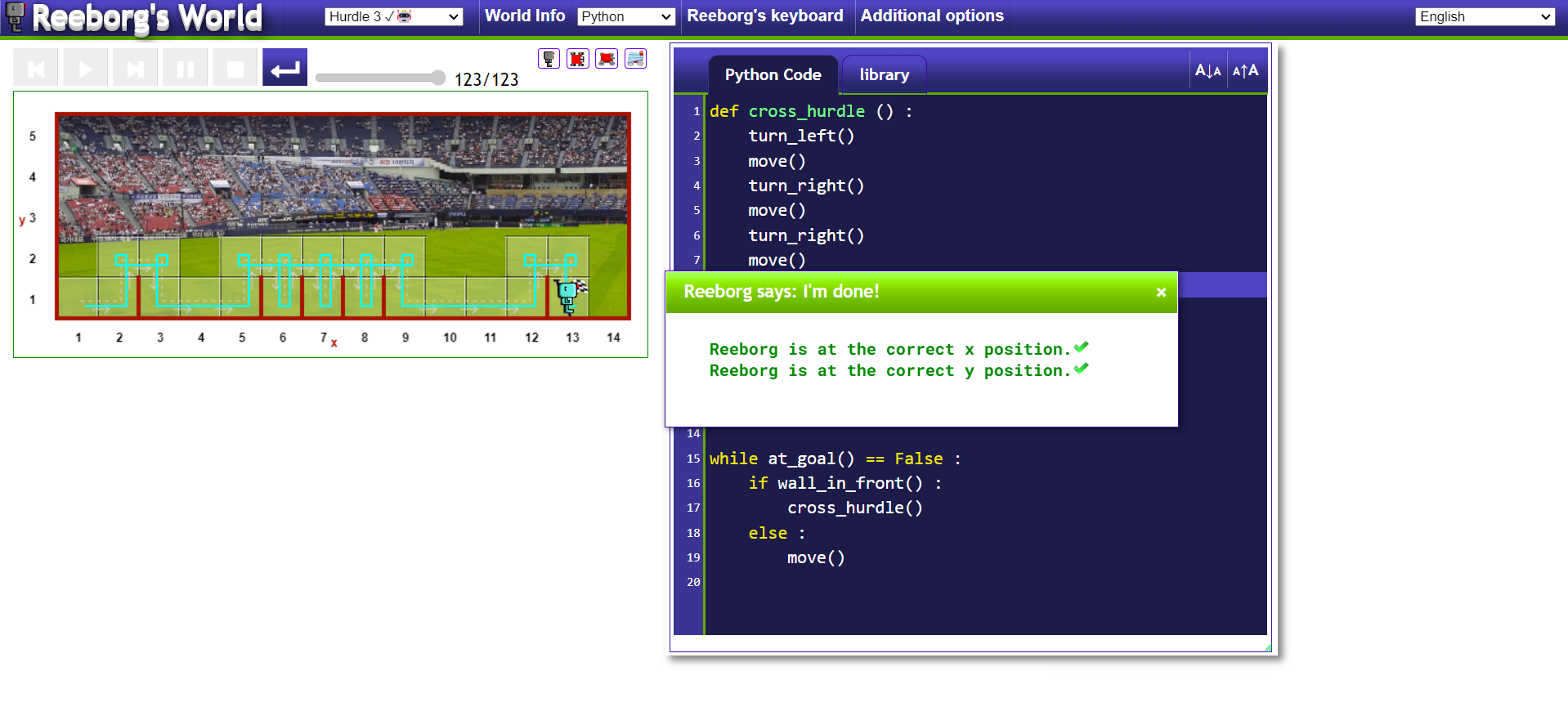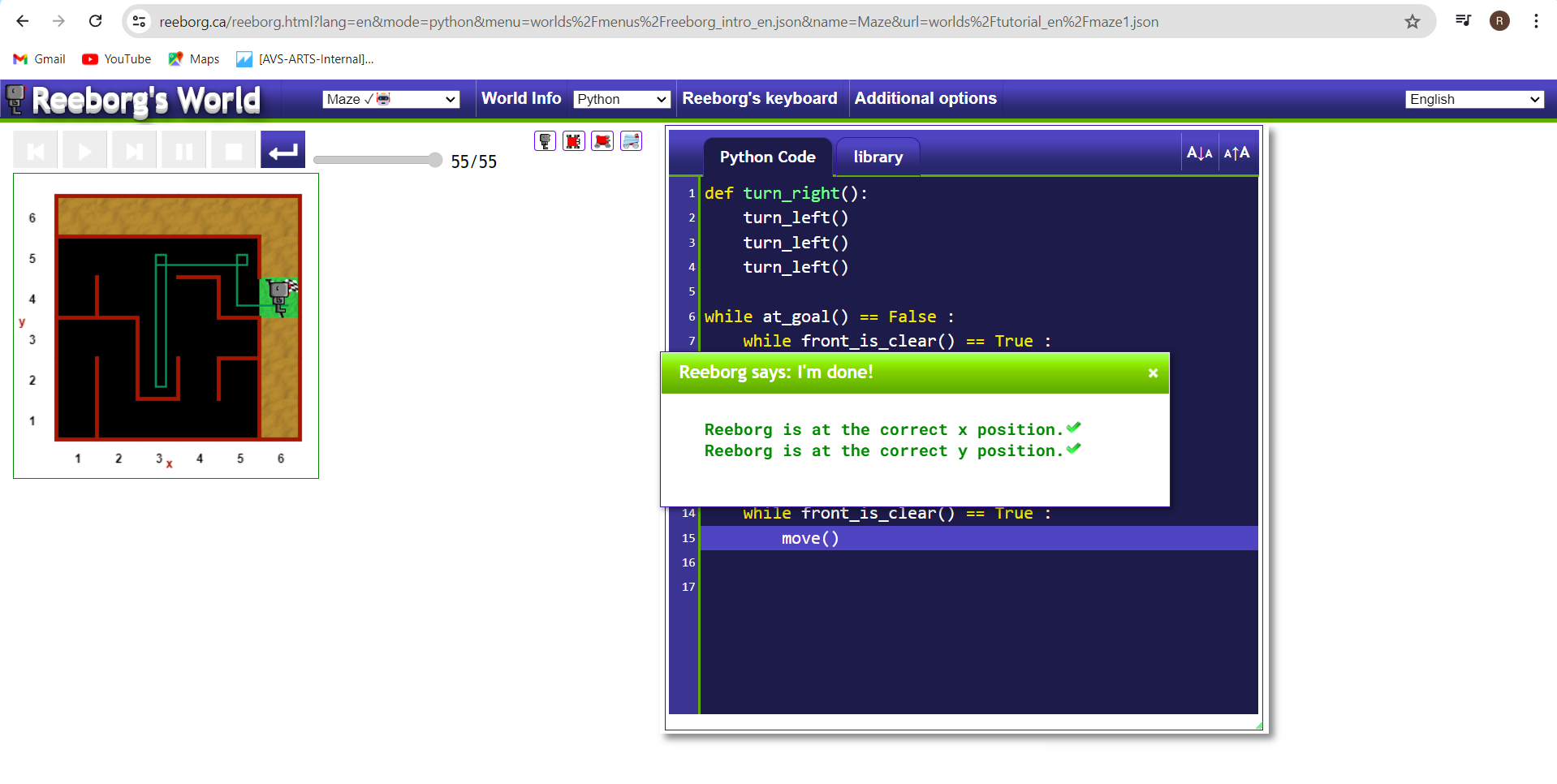Day 6: Diving into Python Functions and Loops
 Rishabh Mishra
Rishabh Mishra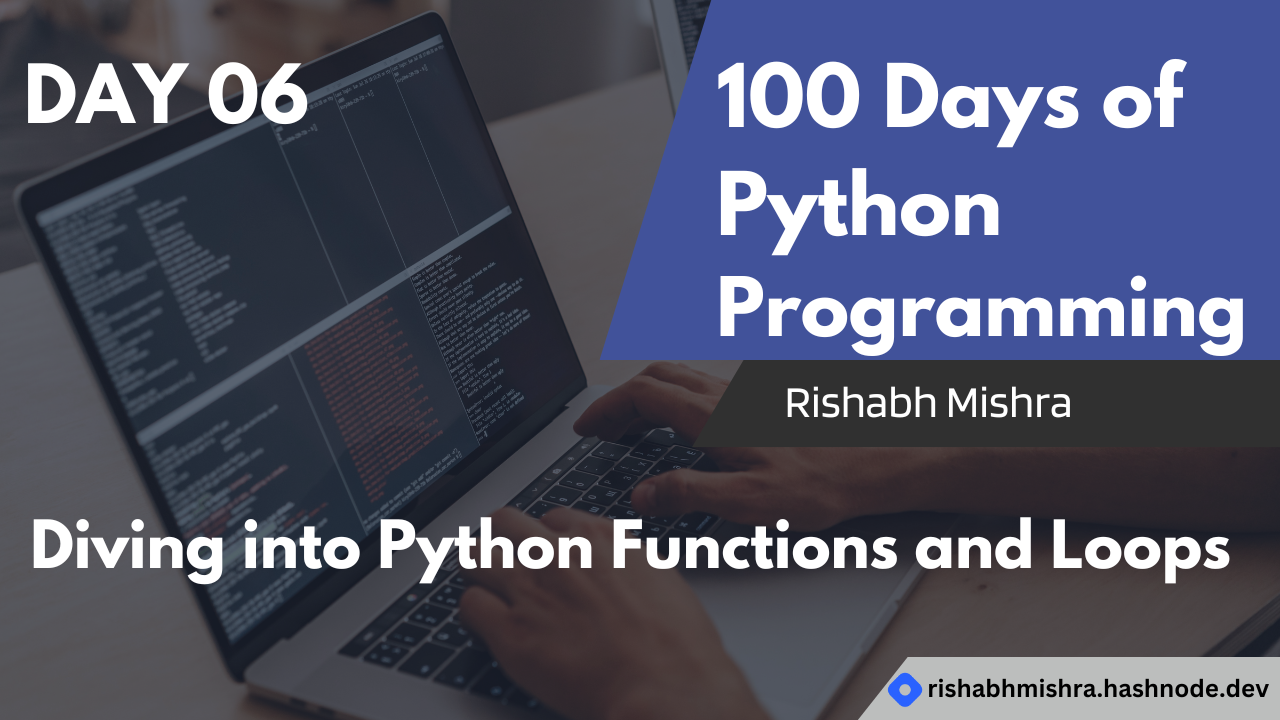
Introduction
Welcome back to my coding journey! Today was all about understanding the core concepts of functions and loops in Python. I also had a fun time applying these concepts in various scenarios through a programming game. Here’s a recap of what I learned and how I applied it.
Understanding Functions
Functions are fundamental in Python programming. They allow us to encapsulate code into reusable blocks, making our programs more modular and easier to manage. Here's a detailed look at how to define and call functions.
Defining a Function
To define a function in Python, you use the def keyword followed by the function name and parentheses. Inside the parentheses, you can include parameters that the function can accept. The function body is indented and contains the code that will run when the function is called.
Here’s a simple example:
def myfunction():
print("Hello")
print("Bye")
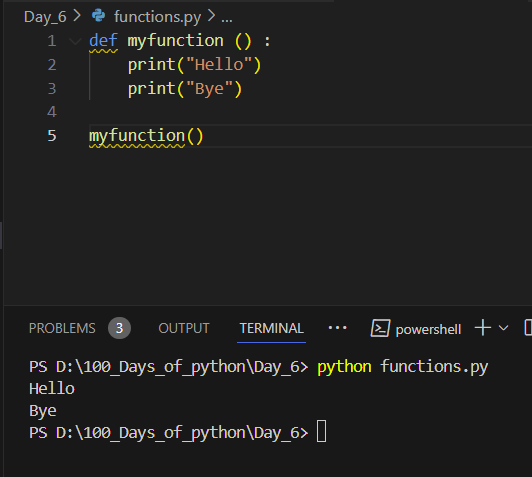
In this example, myfunction is the name of the function. The code inside the function (printing "Hello" and "Bye") will run whenever the function is called. Notice that the function body is indented, which is crucial in Python.
Calling a Function
Once a function is defined, you can call it by using its name followed by parentheses. This will execute the code inside the function.
myfunction()
When you call myfunction(), it prints:
Hello
Bye
This separation of definition and calling allows you to reuse the function multiple times throughout your code without rewriting the same logic.
Exploring While Loops
Next, I dove into while loops. These loops let us execute a block of code repeatedly as long as a specified condition is true. Here’s a basic example:
count = 0
while count < 5:
print(f"Count is: {count}")
count += 1
In this example, the loop continues to run until count reaches 5. Each iteration prints the current value of count and then increments it by 1.
The Importance of Indentation
One of the key aspects of Python that I focused on today was proper indentation. In Python, indentation is not just for readability; it defines the structure and flow of the code. For instance, the body of a loop or a function must be indented consistently.
Practical Application: A Fun Programming Game : Reeborg's World
To make learning more interactive, I tackled a series of challenges in a programming game. These challenges required me to navigate a robot through a maze, jump over hurdles, and more. Each task helped reinforce the concepts of functions and loops.
Here’s a brief description of some scenarios I encountered:
Navigating a Maze: I used a while loop to continuously check the robot's surroundings and decide whether to move forward, turn left, or turn right. This scenario taught me how to combine loops and conditionals effectively.
Jumping Hurdles: The hurdles had varying heights, so I had to use a function to make the robot jump over them. This scenario emphasized the importance of reusable code blocks.
Finding the Goal: The ultimate challenge was to navigate through a complex maze to reach a goal. This task required a combination of functions, loops, and conditionals, putting all my learnings to the test.
If you want to visit Reeborg's World, Click here.
Here are some screenshots from the game showcasing my completed challenges:
Conclusion
Day 6 was packed with learning and fun. Understanding functions and loops is crucial for any Python programmer, and applying these concepts through interactive challenges made the experience even better. Stay tuned for more updates on my coding journey!
Subscribe to my newsletter
Read articles from Rishabh Mishra directly inside your inbox. Subscribe to the newsletter, and don't miss out.
Written by

Rishabh Mishra
Rishabh Mishra
I'm Rishabh Mishra, an AWS Cloud and DevOps Engineer with a passion for automation and data analytics. I've honed my skills in AWS services, containerization, CI/CD pipelines, and infrastructure as code. Currently, I'm focused on leveraging my technical expertise to drive innovation and streamline processes. My goal is to share insights, learn from the community, and contribute to impactful projects in the DevOps and cloud domains. Let's connect and collaborate on Hashnode!
